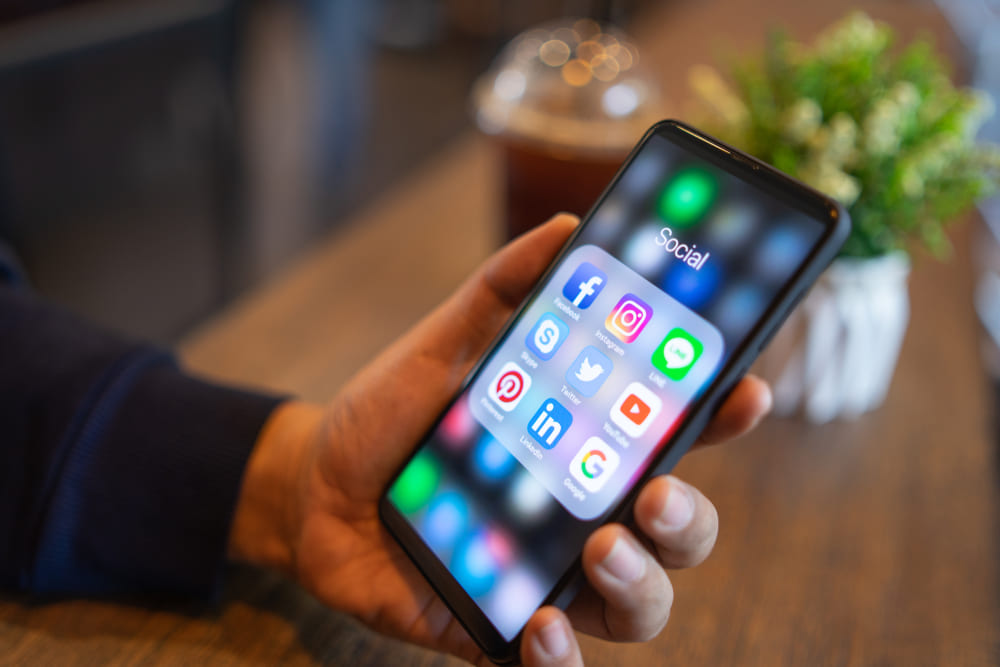My post this week is to help those who are interested in social media marketing campaigns understand the numbers and metrics of their campaigns. For the average business owner, making sense out of the numbers behind a successful Social Media Marketing campaign can be challenging. While social media strategies continue to baffle many marketers, as social media is constantly evolving, tracking the metrics that measure a social media marketing campaign’s success is fairly straightforward—once you know how.
Properly managed social media marketing campaigns will engage in a/b testing, which are concurrent campaigns that serve the same goal but use different messaging strategies. An a/b test will allow you to perform head-to-head comparisons of different approaches in a controlled environment. Savvy marketers will continuously utilize a/b testing in order to zero in on the most effective messaging strategies. Here are some metrics to track and properly evaluate the success of a social media campaign; I’m going to cover several of the most important social media marketing campaign metrics.
The first social media metric I’m going to cover is the response rate: The response rate measures how engaging your social media efforts are. There are many different ways to measure this, but for the purpose of providing an introduction to social media marketing, I’m going to keep it clear and concise for now. For a business new to social media marketing (whether running it in-house or outsourcing it) the most straightforward way to measure a social media campaign’s effectiveness involves tallying the number of responses various social media posts receive.
The goal, of course, is to trigger many responses and thus engage a large part of your target audience. The response rate is a relative measurement, 500 responses might be a home run for some businesses and an utter failure for others. The next metric, Reach takes this into consideration.
A campaign’s Reach is the response rate measured against the size of the audience. An example would be a company promoting a new product to its Twitter followers; the reach would be the number of responses (let’s say 500) relative to the size of the audience (50,000 Twitter followers). The reach metric gives much-needed context to the response rate. Reach is also measured and compared by using a/b testing of different messaging strategies.
Being able to quantitatively compare different messaging strategies or delivery methods (Twitter, Facebook, blogs, etc) is invaluable to understanding the relative effectiveness of campaigns which is of course critical to building successful social media campaigns.
Amplification rate: Simply put, this is the rate at which your network shares your material with other networks. In everyday life, we experience the effects of amplification through viral videos such as Gangham Style, currently the all-time leader in social media amplification. The song’s music video which jumped from South Korean social and pop culture networks to social networks and pop culture networks around this world shows the exponential power of amplification. On a smaller scale, this metric is still important because it shows how the public feels about your brand.
Return on investment: This classic measurement shows how well or poorly marketing money was spent on various social media efforts. ROI metric brings all of the pieces of the puzzle together.




